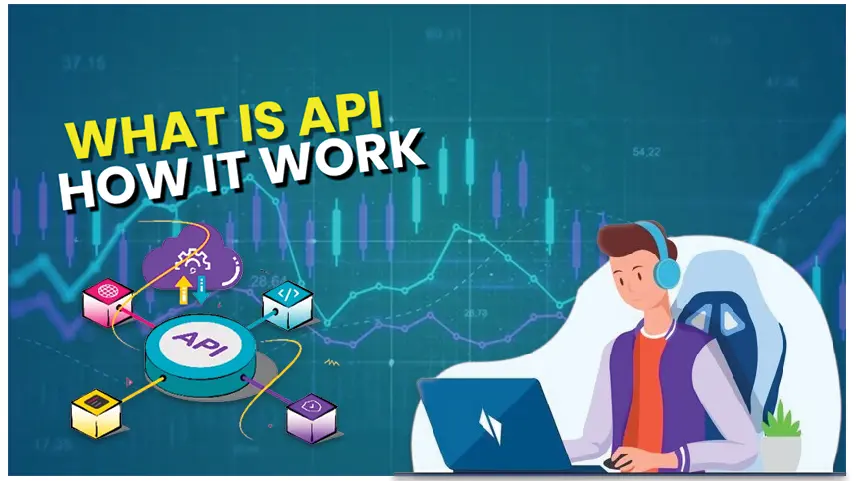What is API || How it Work
API stands for Application Programming Interface. An API is a set of protocols, routines, tools, and specifications that software developers use to build software applications. It allows two software systems to communicate with each other and exchange information.
In simpler terms, an API is like a waiter who takes your order, communicates it to the kitchen, and returns the finished dish. In this analogy, the kitchen is the backend system of a website or application, and the waiter represents the API. The API takes requests from the front end (the user interface) and communicates them to the backend. It then returns the results of those requests back to the front, which displays them to the user.
APIs can be used for a variety of purposes, such as accessing data from a database, controlling hardware devices, or integrating with third-party services. They can be accessed using various programming languages and platforms and can be either public or private. Public APIs are available to the general public, while private APIs are used within a company or organization for internal purposes.

How it Work?
APIs work by providing a set of rules and protocols for communication between software systems. This allows one software system to use the services and functionality of another software system without having to know the implementation details of that system.
Here's how an API typically works:
1. A client application sends a request to an API endpoint. This request may include data that the API needs to process the request.
2. The API receives the request and processes it according to the rules and protocols defined by the API.
3. The API then sends a response back to the client application. This response may include data that the client requested, or it may simply indicate whether the request was successful or not.
4. The client application receives the response from the API and can then use the data or information contained in the response to perform further actions or display information to the user.
APIs can be implemented in a variety of ways, but they usually rely on standard communication protocols such as HTTP or HTTPS. The API may also require authentication, which ensures that only authorized clients can access its services. API documentation typically provides information on how to use the API, including the available endpoints, input parameters, and expected responses.
Also Read - Which API is best for Algo Trading, Fyers API documentation Review

0 comments